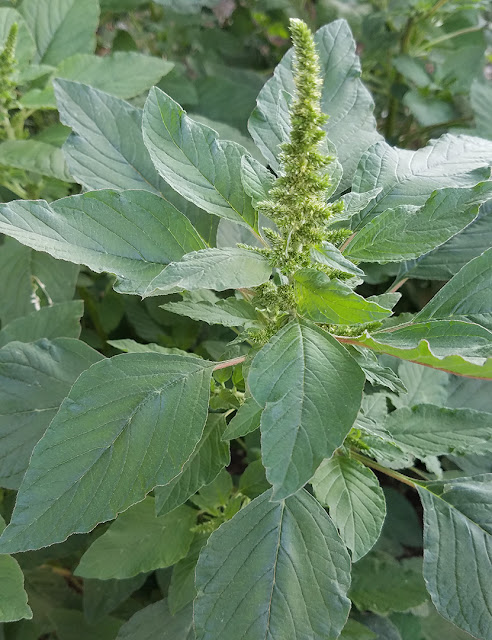27 June 2020
On the first steamy weekend of late June the windowboxes on the Windsor Terrace are looking good. To the north of us cumulus clouds gather like folds of dangerous whipped cream. We feel like we are in the eye of the pavlova. (Stay with me, we're about to make sense.) It is definitely summer.
14 March 2020
The windowboxes weren't that happy in March. After a year's service their coir linings were disintegrating and looked like rats' nests (I have never actually seen a rat's nest; am I being unfair?). I would never buy anything with coir again. But these were the most reasonable planters I could find, and live with, in spring 2019. There are seven of them. Their black iron cages matched the black railing, and I faced the coir outwards, so it wouldn't offend us. But maybe it offended the neighbors? The other thing I hated was how fast water poured through the coir. No retention at all. I always emphasize how important good drainage is for plants, but, as my father would say if he were around to say it: Not that goddamn good.
14 March 2020
18 March 2020
It was a layer cake approach (I never crave sweet things but that's twice now in one post). I used one-inch chicken wire and folded it into forms to fit the frames. Prickly business, especially with cold hands.
18 March 2020
Then an outer layer of double-folded burlap (and in two cases, sheet moss gathered from a friend's log, upstate, followed by the burlap), and finally an inner layer of a thicker, double-folded landscape fabric. Its visible edges would be hidden by growing plants, I hoped. Pansies, arugula seeds and a mesclun salad mix - a bonus packet from a Botanical Interests order. And some more chicken wire against the squirrel/s, to whom fresh soil is irresistible (it has been very effective - removed once plants fill out). The double layer of fabric has proved much more effective at holding moisture longer in a dry planter.
23 May 2020
The mesclun came up, the pansies settled in (slowly - it was an exceptionally cool and cloudy May), and I added some strawberry plants. This terrace receives far more sun than I had estimated when we first moved here, and it's always only in Year Two that you really begin to figure things out. This is our second summer. So I wanted strawberries again - the ones in our first Cobble terrace (the original 66 square feet), were incredibly productive (although I can't find that cultivar anymore; it was called 'Fern' and it seems to have been discontinued).
2 June 2020
We began to eat little lettuce leaves.
21 June 2020
In June the lettuces leaves grew big enough to become wraps.
27 June 2020
At the end of May I had swapped the pansies for summer fillers, choosing as a theme deeply predictable but very dainty white petunias. I wanted a change from last summer. And flowers that would be luminous as well as scented in the evenings, when we spend the most time on the terrace.
I added a warm yellow portulaca - I grew it last year (vivid orange) - low-fuss, hardy, and popping with flowers. In the boxes nearer the windier, western edge of the terrace I tucked small lavender plants, and transplanted summer savory from last year's saved seed. Chamomile I had forgotten about germinated.
The strawberries are making strawberries. In fact, today some are ripe (too sunny for a good picture - I must wait for evening).
The portulaca began to spill, as intended.
And now the boxes seem svelte, at last.
It is a pleasure to reach out a hand to crush some lavender, or summer savory, to smell their strong fresh scent.

The salad up there has leaves from the terrace only: two kinds of shiso, three kinds of basil, mint, and the windowbox lettuces. It was a foil for the soy-bathed skirt steak grilling on the braai, out of the frame, stage left.
At supper now, the fireflies are beginning to light up in the gardens below. Mosquitoes have appeared down there too, and they keep people indoors at night. Not a bad thing. Very few make the climb to our level. Two American kestrels living nearby keep us entertained, and we watch for a lone black skimmer who sails past to the west every evening. Once, an osprey flew right over us. Heading home from the lake in Prospect Park.
And that is the windowbox story, three months in the making, to the backdrop of lockdown jitters, new nightly fireworks, and the extraordinary ferment (as opposed to foment, which has negative connotations) of the Black Lives Matter movement.
Things are happening.
But garden on.
______________________





























